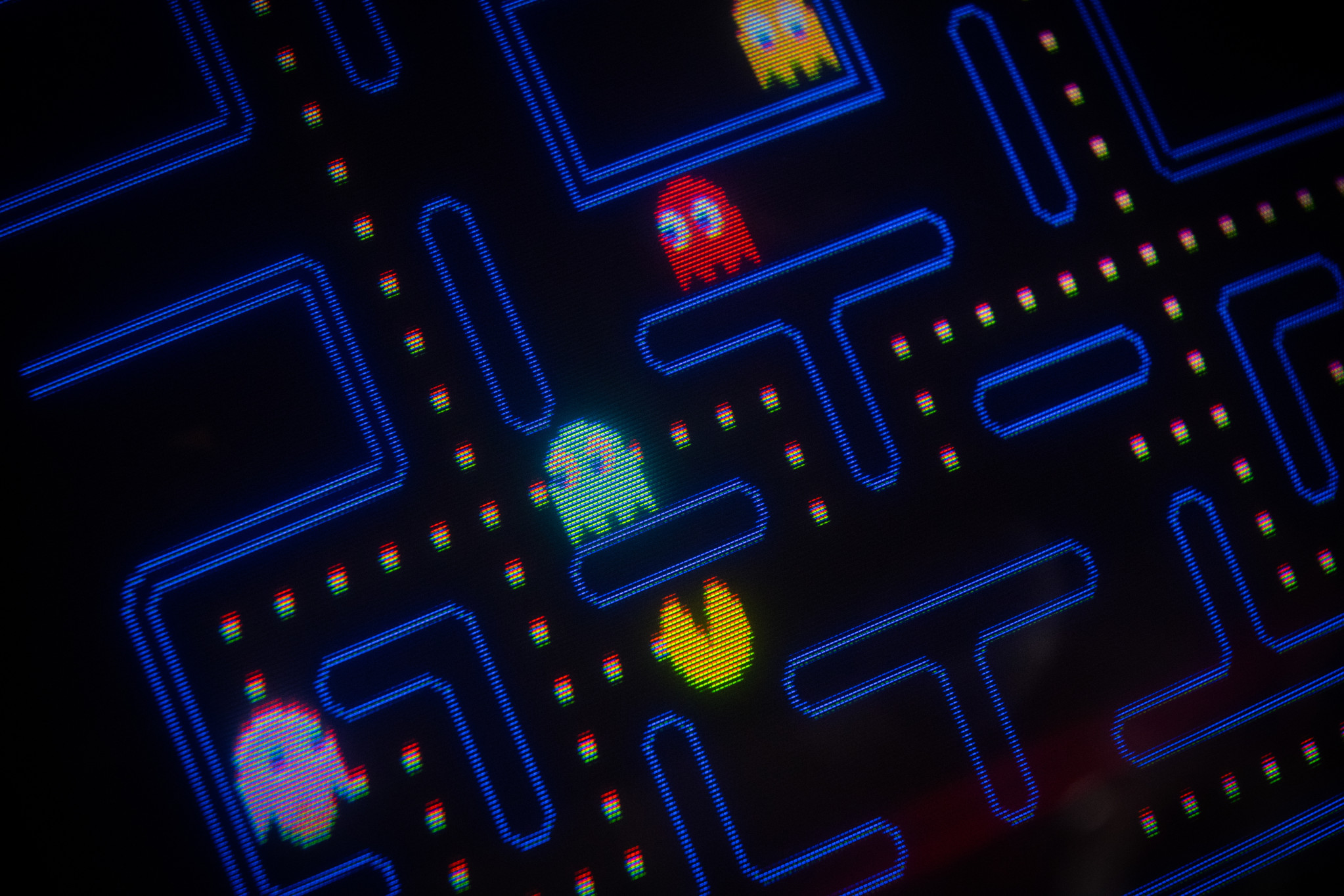Metaversal Marketing
“The Metaverse is a massively scaled and interoperable network of real-time rendered 3D virtual worlds which can be experienced synchronously and persistently by an effectively unlimited number of users, and with continuity of data, such as identity, history, entitlements, objects, communications, and payments.”
⁃ Matthew Ball
The Metaverse is here.
![]()
That may sound unlikely to you, since most people’s idea of the metaverse looks like Ready Player One and is delivered via VR headset.
But if you step back, and then step back even further, you’ll notice that our physical lives and digital lives are completely entwined and it’s hard to know where one stops and the other stops.
We’re on our phones from the second we get up to the second we go to sleep. Every day.
We tap our phone and food shows up at our door.
We watch concerts we’re not at while communicating with other fans on social media
We create in the physical world to express ourselves in the digital world
We work virtually, with digital representations of ourselves adding as much value as in person
We view product demos in AR and see the product in our environment
We play in massive parallel worlds and games where we establish important personas and avatars
We’re one-click away from virtually any product, delivered next day.
So how did we get here?
Slowly and surely. Just like the mobile internet developed slowly as technology changed what is possible, the metaverse will be a slow and natural extension to the mobile internet.
But what’s becoming clear is that people are living their lives in the “Near-Metaverse”, with brand new fusion consumer behaviors. It’s simply a primitive version of the user experience
“I don’t think that this [the metaverse] is primarily about being engaged with the internet more. I think it’s about being engaged more naturally.”
– Zuck

I got an Intellivision video game system as a gift when I was a little kid.
It was primitive.
The graphics looked like bad children’s drawings and the latency was palpable. Compare that to sports games today, where you often have to wonder if it’s a live game or a video game, and the announcers and stats are mirrored to real world stats and up-to-date.
While the technology slowly develops to support a better integration, and our brains rewire to support a hybrid lifestyle, the quality and seamlessness of the interface will get better and better, just like video games.
The “Near-Metaverse”
So how can marketers anticipate and prepare for this new hybrid reality?
What I refer to as the “near-metaverse” is a vision for the next 5-7 years on how converging changes in hardware, software, networking, processing etc will combine to better the user interface between the physical and the digital world. It’s this “near-metaverse”state that marketers need to start thinking about, and it’s already upon us.
Start with an insight.
The insight that it’s becoming increasingly hard, if not impossible, to separate one’s physical and digital lives when it comes to advertising to them. The bounds between traditional marketing and digital marketing are fading as people lead more hybrid lives.
Understanding the metaverse is understanding that it’s not the sum of physical plus digital; it’s a brand new way of living, the same way that America was a different society after the introduction of the television, not just the sum of the new parts. The better you can understand this new hybrid user behavior, the quicker you can create communications and messaging and ideas that are optimized for this brave new world.
Marketing and communications professionals need to pay attention to the metaverse because it’s the next frontier for online interaction. Just like social media revolutionized the online marketing landscape, so too will the metaverse. While we don’t have one shared metaverse at this time, there are companies positioning working on creating it.
– Cathy Hackl CMO Network
The Near Metaverse Now: Examples of Metaversal Marketing
Here is how people are already blurring the lines between physical and digital lives:
Concert Collabs – 12.3M people watched Travis Scott concert on Fortnite, 33M people watched Lil Nas X concert on Roblox, 500,000 watched the Bigger Love virtual John Legend show. Over Covid, Phish’s Trey Anastasio webcasted live shows (performed to an empty venue) while chatting with fans onstage.
Peloton – what could be more metaverse than riding physical bicycles to digital instruction from people in virtual gyms through virtual exotic locales.
Sporting Events – after watching a basketball game in Virtual Reality, I wondered why anyone would want to attend in person again. A team could now focus on developing fans around the world, and not just the ones in the arena. Fans become participant rather than a spectator. Even features like multiple camera angles than the fans can choose from
Demos – AR and VR technology create opportunities to demo products remotely. Real estate companies can use AR and VR to tour properties remotely. Car companies can realize huge savings by offering virtual test drives online or through small footprint, no inventory dealerships.
Social causes – Users of Grand Theft Auto V had clothing options to dress in yellow similar to the Hong Kong protestors while others dressed as police and clashed with the digital protestors. Users routinely donate their virtual avatars to causes, celebrations and remembrances.
Product Placements – Not just social causes, brands are making their apparel available to consumer’s virtual avatars. Companies like Levi’s have bundled virtual Levis with physical jeans. People discover new products and develop new desires from what they see digitally as much (or more) than they do physically.
Digital Experiences – brands are trying to leverage the new technologies to create branded experiences that cut through the clutter and replay through social video to a wider audience. The near-metaverse and metaverse will be all about creation, and brands will have to learn to create and how to support UGC experiences.
Moving Into The Future Of Metaversal Marketing

Almost every industry will be revolutionized as the metaverse develops, the same way the mobile internet revolutionized industries.
Remote working will be enhanced by holographic avatars and conference rooms that make Zoom meetings feel like a boardroom meeting.
Concerts and sporting events will offer fans views and experiences once reserved for the rich and famous.
Doctors will provide world class healthcare anywhere in the world.
Dating, personal relationships and sex work will be revolutionized for better or worse.
Marketers wanting to get a first mover advantage should start to think about ideas that can cross over between digital and physical worlds.
While the metaverse will have plenty of personalized advertising, brands that can understand the cultural differences around creator driven, shared economy will understand the context in which they need to create for.
Looking for more brand building content? Check out these other great articles:
E-Commerce: Product Pages That Work (With 5 Great Examples)
Content Marketing: Building A Content Marketing Matrix In 8 Easy Steps
Advertising: Instagram Reels For Advertisers: Essential 2021 Update
The Future: You Wont Need 30 Second Ads Soon – Here’s Why
